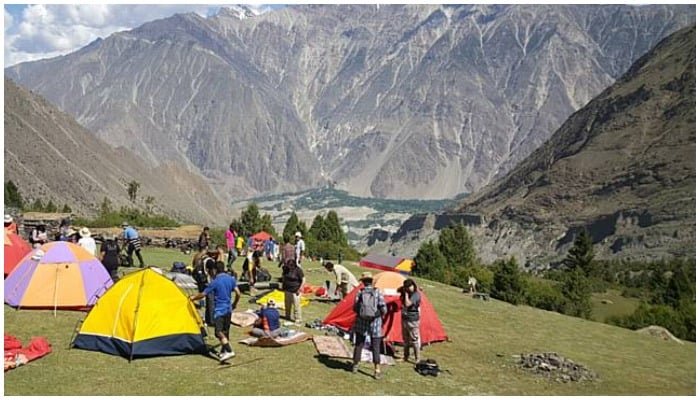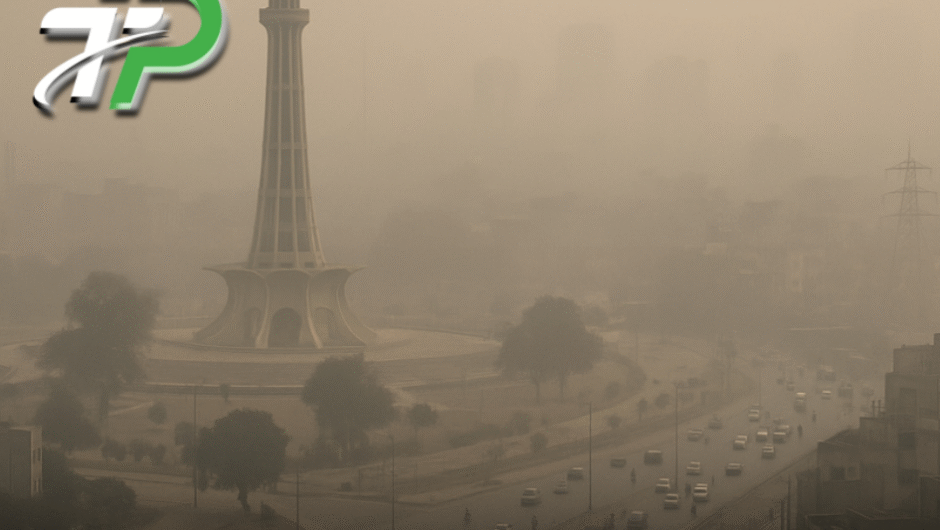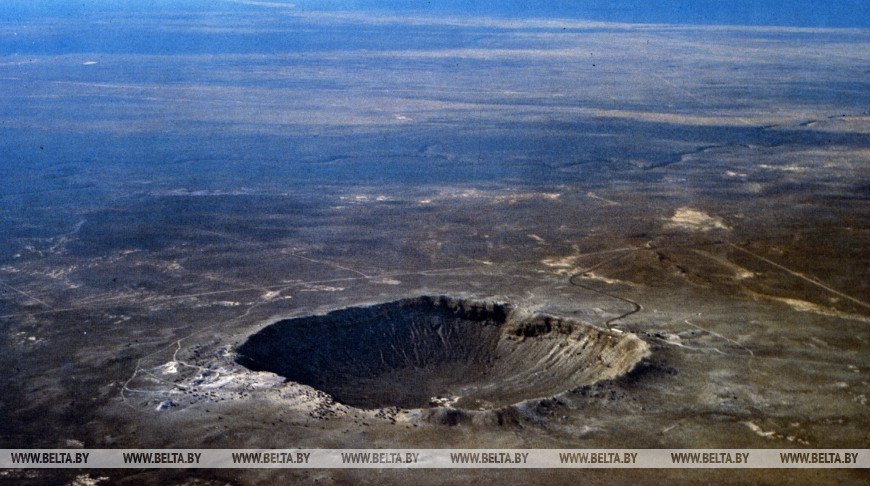A Sharp Decline in Tourism Numbers
Tourism in Gilgit-Baltistan (GB), one of Pakistan’s most scenic regions, has faced an unprecedented setback. According to an official report submitted to the Prime Minister’s Office, tourist arrivals in the region have dropped by a staggering 90%. This dramatic decline has not only dampened the once-thriving travel industry but also raised alarm over the broader economic consequences for local communities dependent on tourism.
The report emphasizes that GB, famous for its breathtaking mountains, serene valleys, and adventure tourism opportunities, is now at a critical juncture. Without urgent measures, the region risks losing its position as one of South Asia’s most attractive travel destinations.
Impact on the Local Economy
Tourism has long been a lifeline for Gilgit-Baltistan, supporting hotels, restaurants, transport services, and local handicraft industries. With the 90% fall in tourist arrivals, thousands of families who rely on this sector face financial insecurity. Seasonal businesses, which depend heavily on the summer tourist influx, have been particularly affected.
The decline also threatens investment opportunities that tourism previously attracted. From small guesthouses to larger resorts, businesses are struggling to sustain operations amid dwindling visitor numbers. This economic downturn could have lasting consequences if recovery strategies are not implemented quickly.
Underlying Causes of the Decline
While the report does not single out one cause, several factors have contributed to the sharp fall in arrivals. Challenges such as limited infrastructure, insufficient marketing, and concerns over accessibility have long hindered GB’s potential. In recent years, issues of security perception and lack of consistent promotional campaigns have further compounded the problem.
Moreover, competition from international destinations has intensified, with travelers often opting for regions offering seamless travel facilities and stronger promotional branding. These factors combined have put Gilgit-Baltistan at a disadvantage despite its natural beauty and cultural richness.
Calls for Revitalization and Promotion
The official report highlights the urgent need to revitalize tourism infrastructure in Gilgit-Baltistan. Experts argue that improved roads, reliable transport options, and modern hospitality services are essential to attract both domestic and international travelers. Additionally, consistent promotional campaigns showcasing GB’s unique offerings could help restore its image on the global travel map.
Local stakeholders also stress the importance of public-private partnerships to bring in investment for tourism-related projects. By involving the private sector, the region could benefit from modern facilities and innovative marketing strategies. Digital platforms, adventure tourism packages, and cultural festivals have been suggested as ways to spark renewed interest in the region.
A Critical Moment for Policy Action
The decline in tourist arrivals serves as a wake-up call for policymakers and industry leaders. With Gilgit-Baltistan’s economy deeply intertwined with tourism, urgent action is required to prevent further setbacks. The region holds immense potential to attract adventure seekers, nature lovers, and cultural tourists, but it needs targeted policies, better infrastructure, and strong international promotion.
The report underscores that this is a pivotal moment for Gilgit-Baltistan. Strategic planning and immediate reforms can restore its reputation as a premier travel destination, ensuring that its natural beauty continues to draw visitors from around the world.





